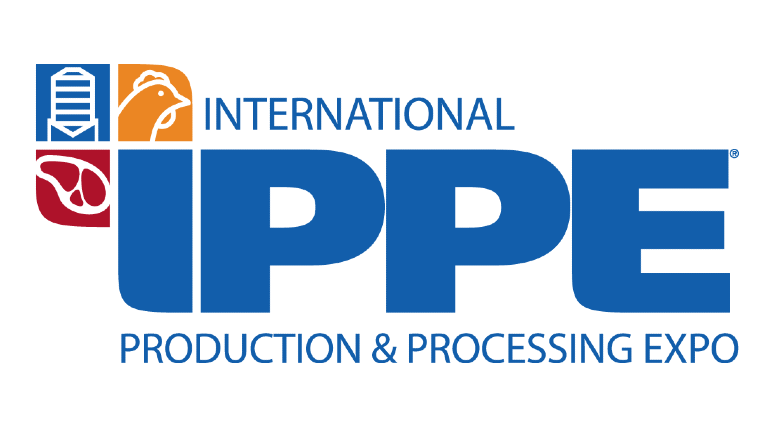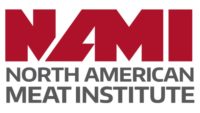Exploring the role of rendering in animal agriculture
Darling Ingredients and APC present at the International Rendering Symposium.

Courtesy of IPPE
As part of his presentation on rendered animal products for fertilizers, Ethan Carter, director of sustainability for Darling Ingredients, discussed how the company contributes to a more sustainable world. He said Darling Ingredients processes about 15% of the world’s animal byproducts, mostly in North America, Europe and Brazil, and returns more than 12 billion gallons of water to the environment. Carter presented at the International Rendering Symposium, held in conjunction with the 2025 International Production & Processing Expo in Atlanta. The North American Renderers Association and US Poultry & Egg Association sponsored the program.
Carter explained why a rendering company has a fertilizer business. He outlined three reasons, which include being a profit center, an internal hedge to protein price fluctuations and for contingency planning. Carter also discussed the key Darling Ingredients’ inputs that are used in the fertilizer, how these inputs provide fertility value and the markets that are served by the fertilizer business.
David Dirks, chief operating officer for APC, provided APC’s sustainability story and the customer dynamics that led to a few key takeaways for the company. Dirks said that “sustainability is a journey that requires a dedicated team, time and help from external experts.” In the telling of APC’s story, he noted that APC’s position has changed from defense to offense, and that sustainability is now a positive part of customer conversations. He also noted that APC is advancing its sustainability practices by upcycling raw materials for zero waste and helping animals thrive through better nutrition, while recycling water, utilizing waste heat, improving efficiency and investing in alternative energy sources to actively work toward their carbon reduction goals.
The International Rendering Symposium was organized by focus area into three sections. Topics covered in the "Use of Rendered Products in Aquaculture" section included amino acids from rendered products for aquaculture, rendered animal products for aquaculture and a journey toward sustainable agricultural practices with insects. The "Global Trade Flows of the Circular Bioeconomy" section included an overview of African market opportunities, international animal fats markets, international animal protein markets and a journey toward sustainable agricultural practices. The "Global Initiatives for a Circular Bioeconomy" section focused on approaching a circular bioeconomy, feed ingredients application in a circular bioeconomy, and utilization of food waste ingredients for feed.
Source: IPPE
Looking for a reprint of this article?
From high-res PDFs to custom plaques, order your copy today!





